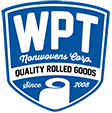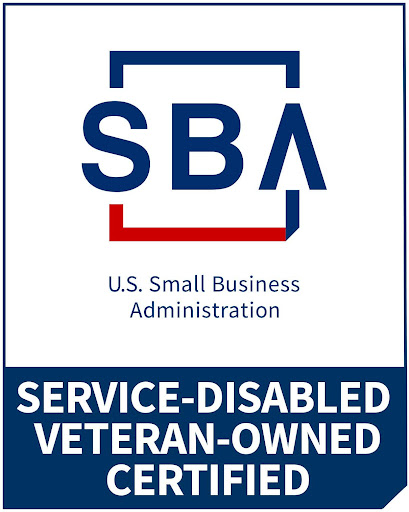Manufacturers have a wide range of fiber options when specifying nonwoven fabrics for the products they produce. While some applications are great for natural fibers like cotton, others might be better served with synthetic fibers such as polyester. When considering fibers, it is important to compare the attributes of a given fiber in light of… Read more »
WPT NONWOVENS BLOG
WPT Nonwovens has seen amazing growth since the opening of our new facility and the expansion of our equipment capabilities. Since July of 2018, new orders and expanding business have tremendously increased production demands. As a result we are adding two new production shifts. WPT recently added 35 production and skilled trade positions, and we… Read more »
When it comes to demanding applications that require strong and durable fabrics, polyester nonwovens offer a great option. Nonwoven polyester fabric can be created from 100% polyester filament or polyester blend. Nonwoven polyester is an excellent choice for a wide range of application needs including industrial filter materials, medical and hygiene products, construction materials, telecom… Read more »
In order to select the best nonwoven fabric for your application, it is important to choose the right material and the best fabric treatments to meet your needs. The WPT Nonwovens team creates a diverse range of custom nonwovens featuring a variety of fibers, bonding, and treatment options, each providing characteristics that benefit the particular… Read more »
When it comes to shopping for business suppliers, the number one factor most buyers focus on is price. Afterall, your bottom line profitability depends on lowering your cost of doing business. While the price you pay for your nonwovens is a consideration, there are many other ways the right nonwovens supplier can help you lower… Read more »
Two types of commonly confused nonwoven materials are hydrophobic and hydrophilic. Each has unique characteristics for applications involving water. Taking a look at the Latin roots in these terms provides a clue to understanding them. Common to both terms is root, “hydro” which means “water.” The later portions of these terms are “phobic” which means… Read more »
WPT Nonwovens offer a wide range of domestically sourced options. NONWOVEN FIBER TYPES Cottons Polyester Rayon Blends NONWOVEN FABRIC TREATMENTS Anti-microbial/anti-bacterial Anti-static Biodegradable Colors custom matched Dry cleaning resistance Flame Retardant Heat Sealability Hydrophilic Printing Others Available NONWOVEN RESINS Acrylics Vinyl Acetate (VAC) Vinyl Acrylics Ethylene Vinyl Acetate (EVA) Styrene Butadiene Rubber (SBR) Starch Poly… Read more »
A new facility and expanded equipment capabilities have led to what is promising to be an unprecedented year of growth for WPT Nonwovens. Since the opening of our Beaver Dam facility and the addition of our A. Celli Spooling Line in July of 2018, new orders and expanding business have tremendously expanded production our demands…. Read more »
Feminine hygiene products have become one of the most rapidly expanding personal care markets, due to the increasing demand for convenience and continual product innovation. A recent report from Stratistics MRC says that worldwide, the feminine hygiene products market reached $31.23 billion in 2017 and “is expected to reach $62.84 billion by 2026 growing at… Read more »
Today’s manufacturers use a wide range of nonwoven fabrics to make innovative products that are convenient and cost-effective. A variety of nonwoven fabric treatment options and materials can be used to construct nonwovens, including cotton, viscose, and polyester. A type of nonwoven that is growing in popularity is bicomponent fiber nonwoven fabric. Bicomponent nonwovens can… Read more »

